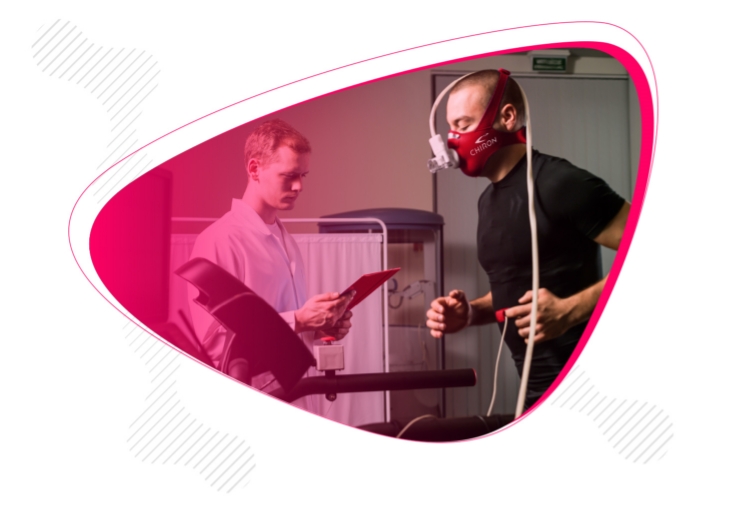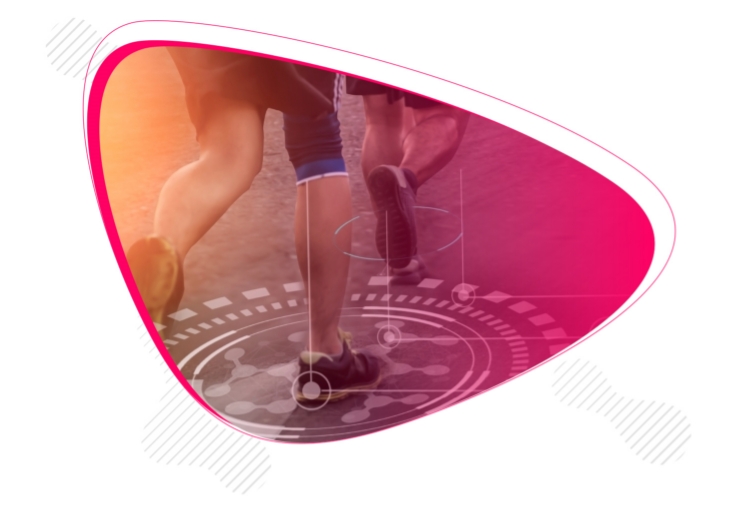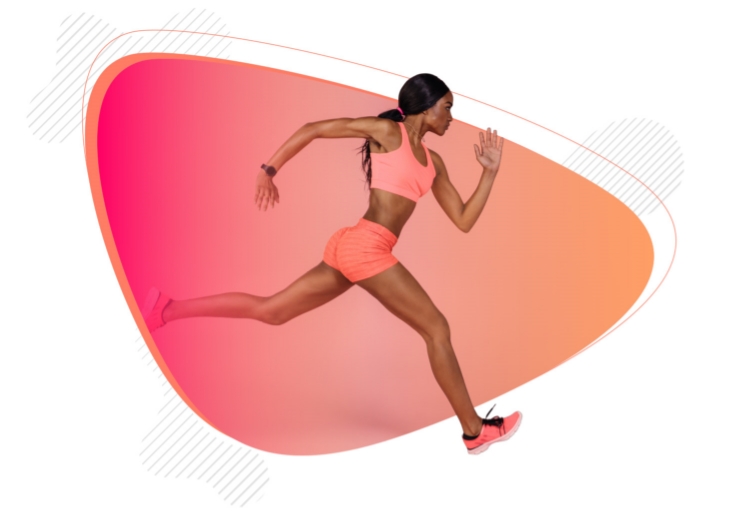

Research


Our team consists of a variety of scientists, all experts in their field.
We combine knowledge from the areas of design, engineering, manufacturing, physical education and sports management
We test our concepts regularly and in collaboration with the Physical Metallurgy Laboratory of the Mechanical Engineering Department as well as with the Human Performance Laboratory of the Physical Education Department of the Aristotle University of Thessaloniki.




Top athletes are participating in our research and are contributing with their experience and valuable feedback to the continuous progress of our research efforts.


Our company is commited to constantly investigating new materials, manufacturing methods and design concepts and testing them in order to bring innovation and originality closer to the enthusiasts and professional athletes.




Personalization and customization are introduced in the manufacturing process by simplifying and modernizing the supply chain thus leading to the ecological needs of production. We are using state of the art life cycle analysis methods in order to guarantee minimum environmental footprint.
Presentation of our study on custom designed running shoes in the proceedings of the
4th International Conference of Sport Sciences
Interdisciplinary Approaches to Physical Education and Sports - Aristotle University of Thessaloniki.

EVALUATION OF CUSTOM-DESIGNED ATHLETIC FOOTWEAR THROUGH RUNNING ECONOMY AND BALANCE
Semaltianou E.1, Deligiannis T.2, Efstathiou M.2, Leontiadou S.2,
Arvanitaki A.2, Sklepos I.2,
Petridou A.1,
Mougios V.1
1: Laboratory of Evaluation of Human Biological Performance, School of Physical Education and Sport Science at
Thessaloniki, Aristotle University of Thessaloniki,
2: Chiron Sports Project
Athletic footwear plays an important role in performance in many sports, thus drawing considerable attention from researchers and the industry. The objective of the present study was to evaluate custom-designed athletic footwear, made with additive manufacturing (three-dimensional printing). Various geometries of soles were experimented upon, aiming towards optimization of mechanical strength in relation to each shoe’s behavior and the way it affects comfort and efficiency.
An innovative algorithm was applied using data from each athlete’s running technique, obtained through gait analysis using insoles with pressure sensors, adjusting shoe design parameters to individual running profiles. Footwear was made for 10 long-distance runners and has been tested on five (four females, one male; age, 30 ± 11 years; body mass index, 18.9 ± 2.4 kg/m2) so far. Tests included ergospirometry while running at 10 km/h and evaluation of static balance using a baropodometric plate. Tests were conducted while participants wore the experimental or commercial shoes in random counterbalanced order. Data were analyzed with paired t test.
Oxygen uptake during running (a negative index of running economy) was higher with the experimental than with the commercial footwear (39.7 ± 2.9 vs 36.3 ± 3.6 mL/kg/min, p = 0.003). Balance indices did not differ significantly between shoes (p > 0.2). These preliminary results show an opportunity for experimental shoes to surpass commercial ones in balance by further studying and adjusting each athlete’s needs and the specificities of each custom-designed shoe, thus counterbalancing the differences in running economy and potentially creating a superior shoe.
The research project is partially funded by EU.